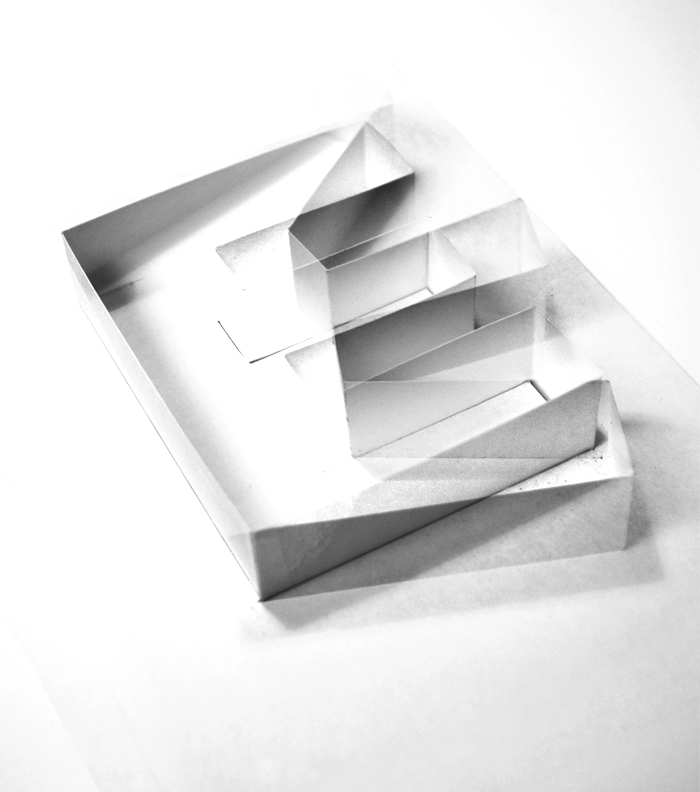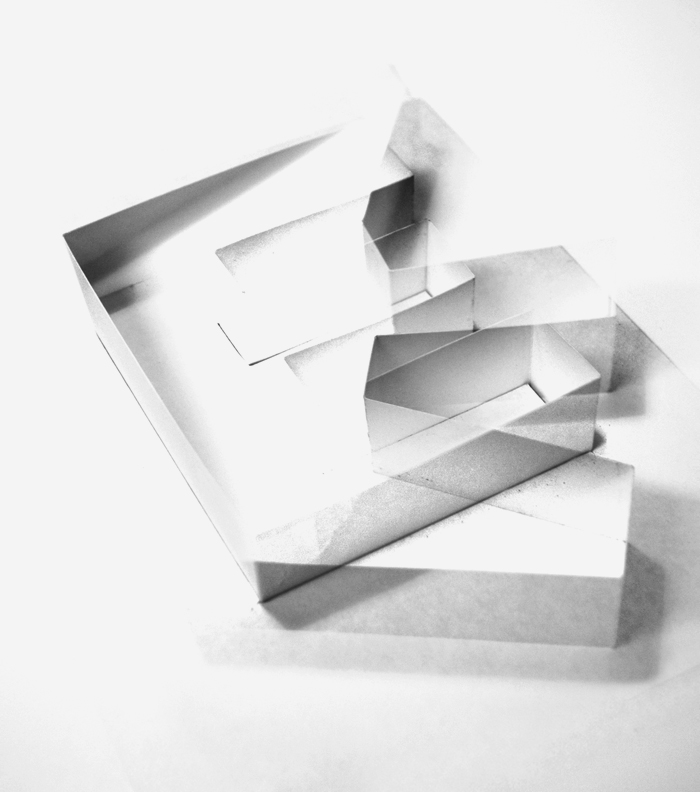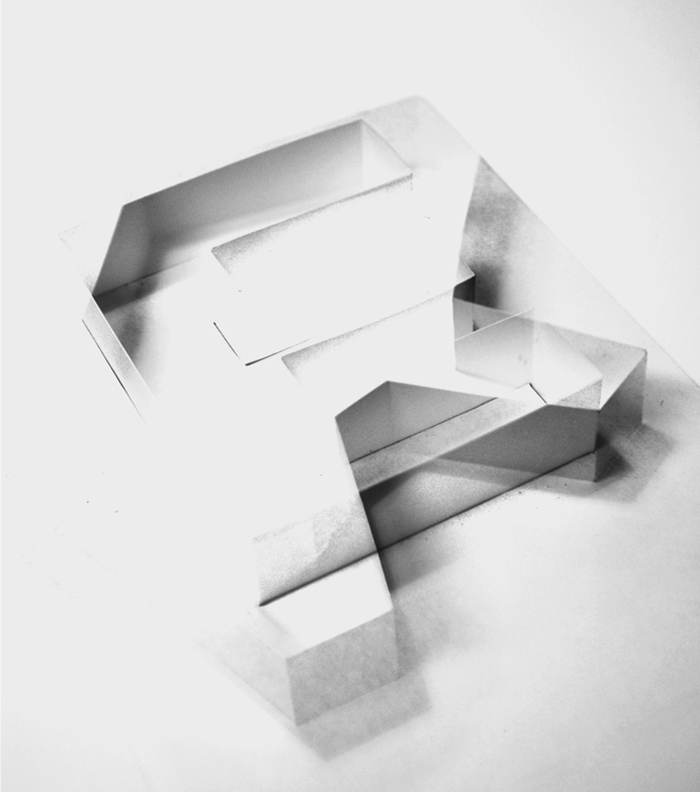I've always been fascinated by the way things are made. From painting to architecture to graphic design, I’m most drawn to objects that display evidence of their process. The following typographic experiments are from my graduate thesis, which centered around how the processes and structures of non-design disciplines can influence typographic form.
Geology struck me as a perfect test case. I had spent the summer camping in a number of National Parks and had recently finished John McPhee’s Annals of a Former World, a wonderful geologic history of North America. I was drawn to how the geologic formations that we see are direct physical manifestations of ongoing geologic processes. And I began experimenting with physically manipulating letterforms by using various geologic processes as a model.
In addition, I created an (admittedly esoteric) manual that re-imagined typography as a field science and a series of posters that (even more esoterically) described the evolution of my thinking throughout the project. These ideas have continued in my more recent poster designs, where in addition to being inspired by the unique processes of individual clients, I attempt to leave evidence of my own process–‘catching’ the design before it completes itself.
Cleavage
Cleavage describes the tendency of a rock to break along preferred planes of weakness, defined by its molecular structure. A letterform also has a series of planes that define its structure, providing natural locations for breaks. Cleavage closely related to crystal from, because these experiments focus on existing geological structure. The letterforms have volume and project into three-dimensional space. pieces are then removed and broken off along distinct planes, which define an unseen internal structure.
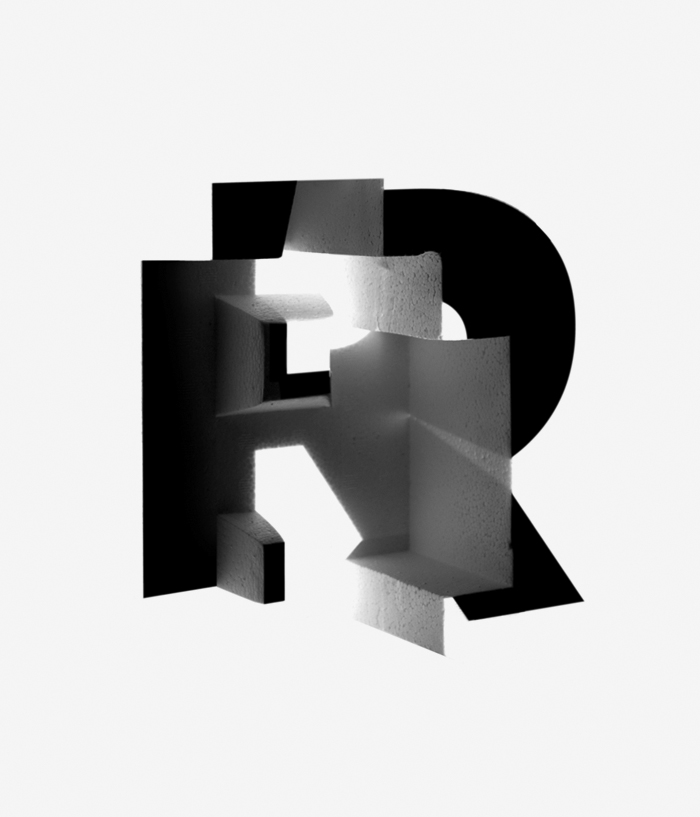
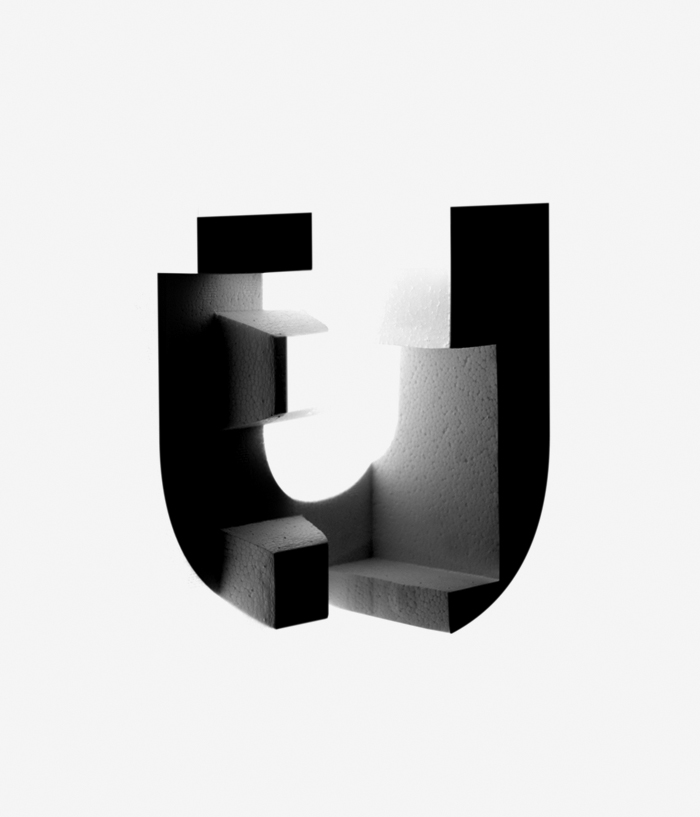
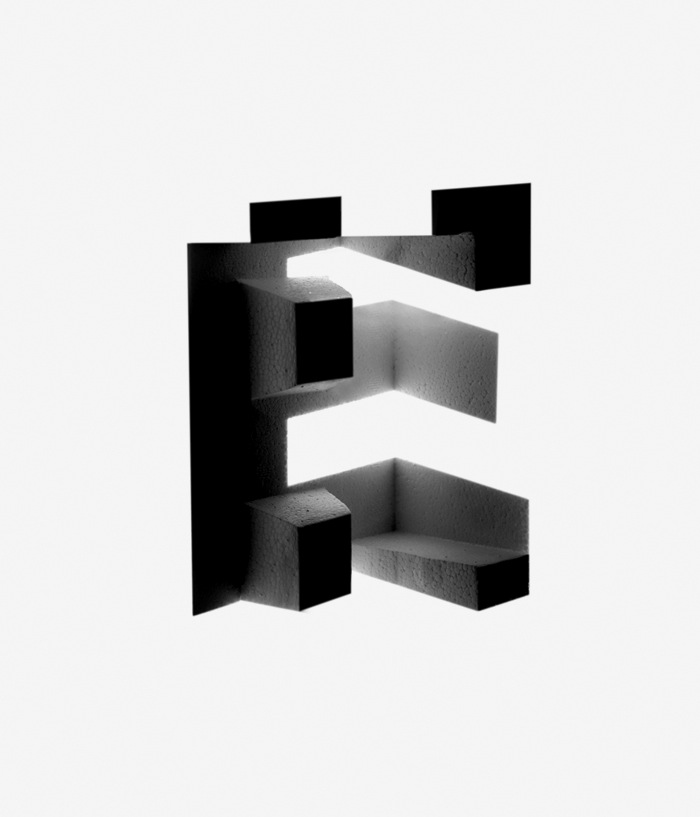
Crystal Form
Crystal form is the unique arrangement of atoms or molecules in a crystal. This distinctive pattern forms a unique inner structure that shapes the mineral and defines its physical properties. These studies explore this idea through translucency of the letterform. As in a piece of quartz, the letter has a visible internal framework of intersecting planes, which sometimes break the surface to alter the outer form. 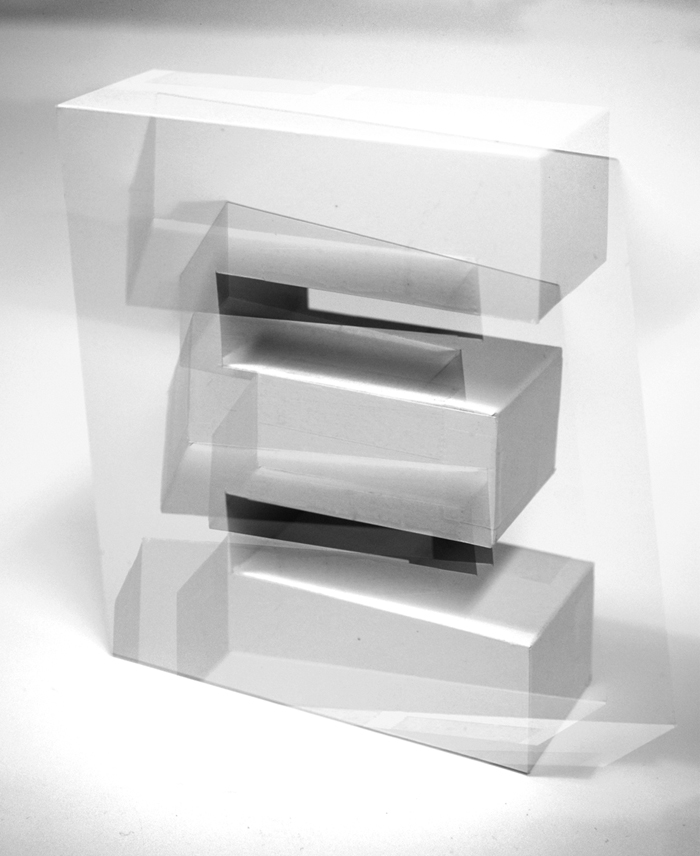
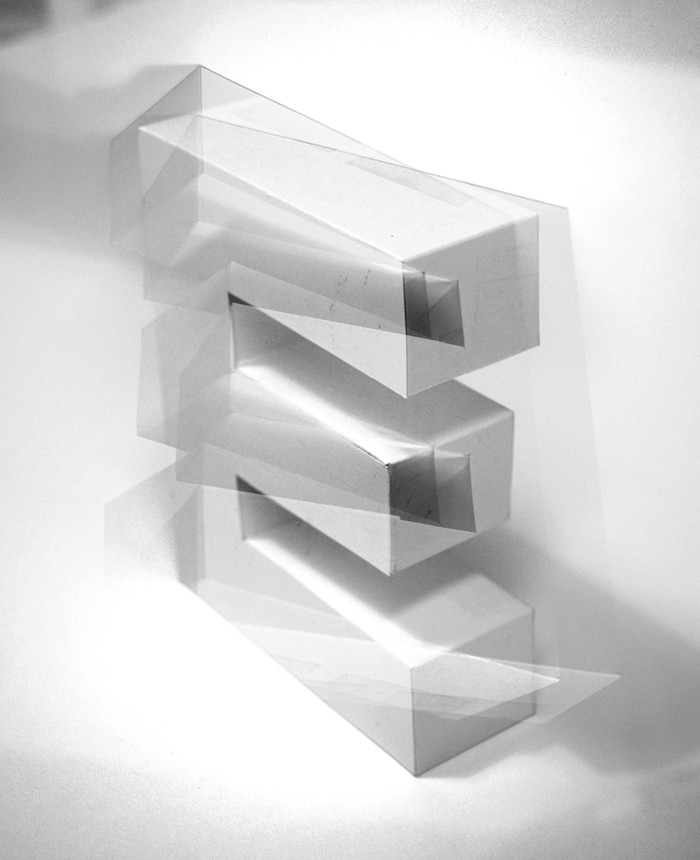
Fracture
A fracture is a local separation of planes in a geologic formation. Usually due to tension or compression, it divides rock in two or more places. Inspired by the fault lines that define geological fracture, these letterforms are cut along random lines. As they are compressed, the planes are twisted at these borders, breaking the horizontal surface and exploding upward.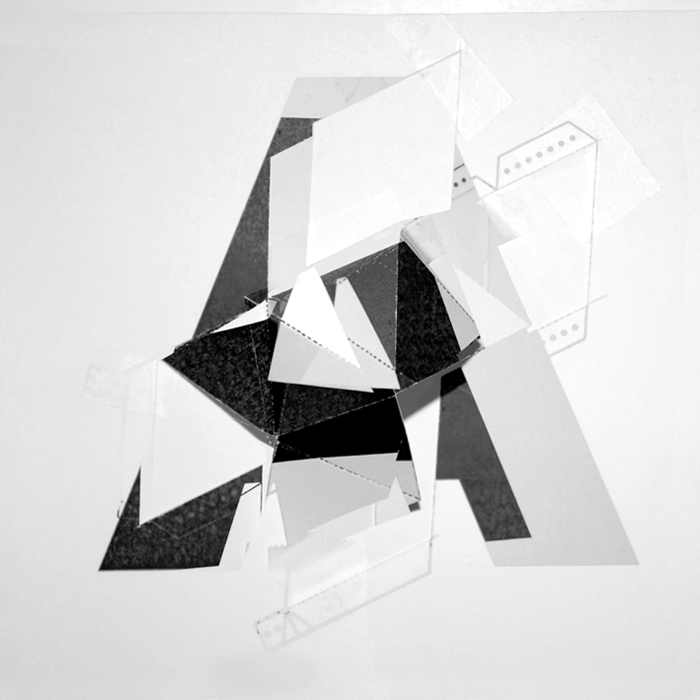
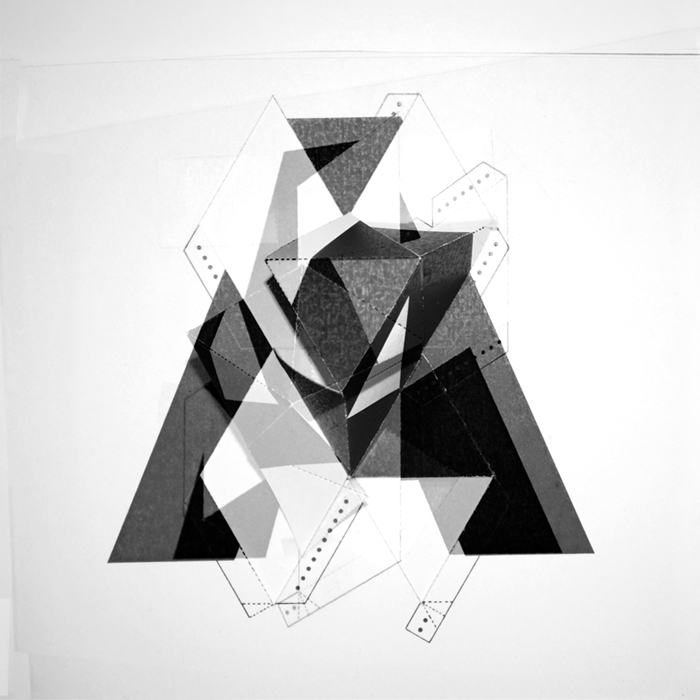

Plate Tectonics
Plate tectonics is a theory that describes the large scale motions of the Earth’s lithosphere (outer crust), which is broken up into numerous plates that move in relation to each other at their boundaries. Letterforms have similar boundaries—where strokes intersect-–that can become areas for movement as the edges of the letter begin to unfold. 